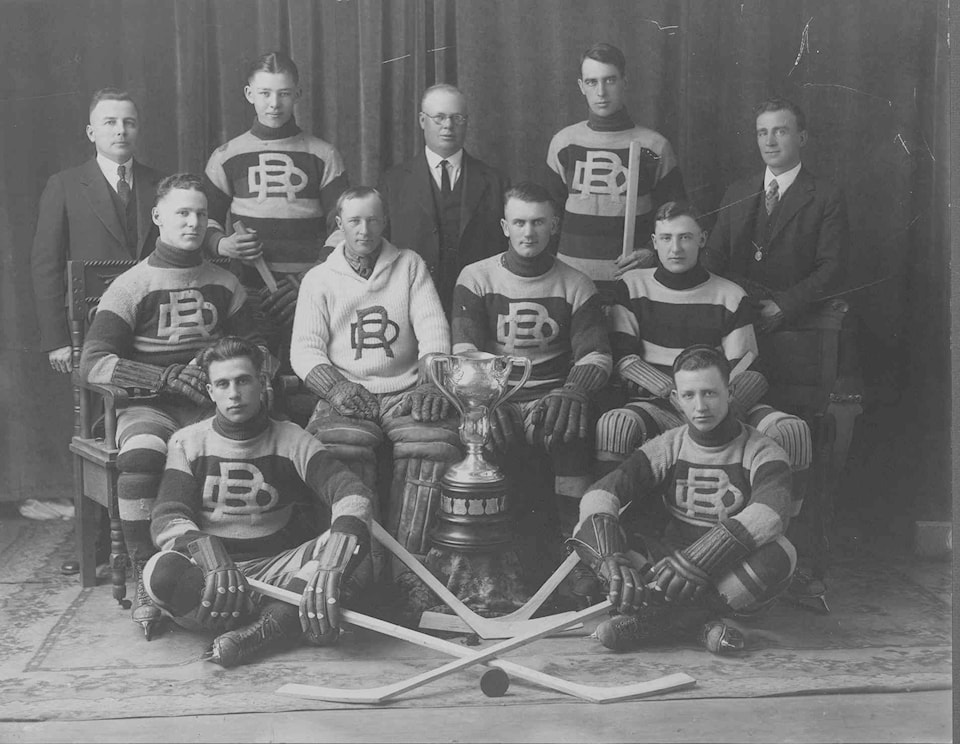Easter will soon be upon us, with Good Friday falling on April 2 and Easter Sunday on April 4. The last two years when those special days fell on those dates were 1999 and 2010. However, prior to that, Easter weekend had not been on April 2 to 4 since 1926.
In 1926, people began to feel that things were finally getting better and that many years of hardship and challenge were now at an end. A decade before, the First World War had been raging with years of unprecedented tragedy and suffering. Things did not get much better with the return of peace. The great Spanish flu epidemic struck in the fall of 1918, just as the war was coming to an end. It claimed half as many lives locally (54) as had been lost during the four years of war.
The post-war economy was a shambles. Unemployment skyrocketed. Businesses went bankrupt. Farmers really suffered. A significant drought hit, deeply cutting crop yields. The amount of grain and produce that farmers were able to harvest sold for some of the lowest prices in years. For ranchers, their livestock often sold for less than the cost of sending the animals to market. It seemed that everything had turned at once against central Albertans.
Fortunately, in the mid-1920s, things began to turn around. The creation of the Alberta Wheat Pool and other farmer-owned cooperatives such as the Central Alberta Dairy Pool gave producers much more control over the marketing and prices of their grain, livestock and dairy products.
For several years following the end of the war, all levels of government were virtually bankrupt, beset by both high debt levels incurred during the war and a huge plunge in tax revenues during the post-war depression. As the farmers had done with their marketing organizations, people turned to self-help and cooperation to deal with the challenges of public services and facilities.
An excellent example in Red Deer was the construction of a new arena. Red Deer had been without a covered rink for many years since the old Red Deer arena had collapsed under a weight of snow in February 1907. Now the community turned to a non-profit joint-stock company to initiate the fundraising and construction of a new facility. Major support for the project came from two new community organizations – the Red Deer Rotary Club and the Red Deer Elks Lodge.
The new arena opened in December 1925. It quickly lived up to it promise of boosting local winter sports. In the 1925-1926 season, the Red Deer Hockey Club won its first provincial championship. It was the first time a sports team from Red Deer had attained such an honour.
Just before Easter, the community held a lavish banquet to celebrate the champions. Each member of the team was presented with a gold watch. That was a reflection of both the pride the community felt with their heroes and the fact that money was less tight with the economy improving.
The other big initiative, which came to completion just before Easter, was the purchase of the local Western General Electric Company by the city. Now, the city had a steady stream of utility revenues, in addition to taxes. Before long, the level of municipal debt was reduced and city council was also able to start reducing property and business taxes.
The weather was reasonably good in the days leading up to Easter with daily temperatures just above the freezing mark. However, a cold front came in, starting on Holy Thursday. Consequently, Easter weekend was somewhat colder with a moderate amount of snow falling. Nevertheless, churches were still packed for the usual Easter services.
Overall, the mood in the community was upbeat and cautiously optimistic. People began to convince themselves that good times were coming back, hopefully this time to stay.
Red Deer historian Michael Dawe’s column appears Wednesdays.
